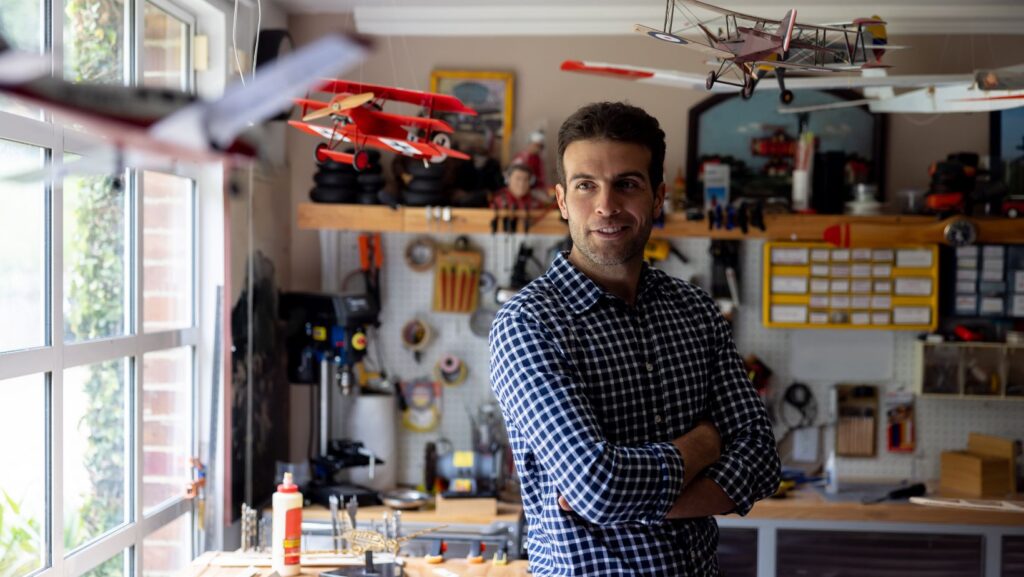Model kits offer a vast world of creativity and skill development for enthusiasts of all ages. Assembling these intricate models can be a soothing yet challenging hobby, providing a sense of accomplishment upon completion. Choosing the right model kit depends on your skill level and interests, with options available for beginners, intermediates, and experts. This guide is designed to help you navigate the different types of model kits available and make informed choices based on your proficiency and passion.
Contents
Table of Contents
ToggleIntroduction to Model Kits
Model kits come in various forms, primarily categorized into plastic, wooden, and metal kits. Each type offers unique construction experiences and challenges. Plastic model kits are incredibly popular due to their versatility and accessibility. They are ideal for beginners and experts alike, offering a broad range of subjects from vehicles to science fiction. Wooden kits often appeal to those interested in traditional craftsmanship, commonly showcasing themes like historical ships and architectural structures. A renowned supplier for wooden model kits is occre, known for high-quality craftsmanship and intricate designs. Lastly, metal kits offer a more refined construction process, usually involving intricate assembly techniques—a favorite among seasoned builders.
Themes in model kits are as varied as the materials themselves. Popular themes include vehicles such as cars and motorcycles, offering a realistic replication of the real-life counterparts. Aircraft models range from historical warplanes to modern jets, inviting enthusiasts to explore aviation history. Ship models capture everything from ancient vessels to modern navy ships, providing a maritime adventure through history. Finally, figure models are perfect for fans of characters and scenes from movies, comics, and historical figures, offering a chance to bring favorite personas to life.
Beginner Level Model Kits
For those just starting their model kit journey, beginner-level kits provide the perfect introduction. These kits are designed to be accessible, featuring characteristics such as ease of assembly, simplified instructions, and fewer parts. Typically, these kits require minimal tools, making them ideal for new hobbyists without an extensive toolkit.
What Should Beginners Look For?
When choosing a model kit as a beginner, certain features can ensure a satisfying experience. Snap-Tite kits are highly recommended due to their tool-free assembly, allowing even the youngest modelers to participate. Entry-level models of aircraft or vehicles with fewer components are perfect starting points, providing a manageable challenge without overwhelming complexity. Additionally, educational kits can be a great choice, merging the assembly process with learning about the model’s real-world operation or history.
Why is ease of assembly important for beginners?
Ease of assembly is crucial for beginners to keep frustration levels low and enjoyment high. Starting with simple kits allows new hobbyists to develop basic assembly techniques and gain confidence as they progress. Completing a model without the stress of complex steps inspires continued interest and growth within the hobby.
Beginners should also consider their interests when selecting a model, combining personal passions with the theme choice. This fusion sparks greater engagement and personal investment in the building process, laying a strong foundation for skill development.
Intermediate Level Model Kits
Once the basics are mastered, hobbyists often seek the greater challenges provided by intermediate-level kits. These kits offer increased complexity with a higher part count and involve additional skills such as painting and detailing. Along with more advanced instructions, these kits enable hobbyists to refine their techniques and explore creative expressions.
How Can Intermediate Hobbyists Hone Their Skills?
Intermediate hobbyists can enhance their abilities by experimenting with detailed scale models, dioramas, and themed collections. These options encourage attention to detail and require careful consideration of elements like scale accuracy and environment setting.
What Role Does Painting Play at the Intermediate Level?
At the intermediate level, painting becomes essential in bringing models to life with a realistic finish. Developing painting techniques such as shading, highlighting, and weathering adds depth and realism to models. This artistic element not only enhances the visual appeal but also contributes significantly to the overall satisfaction derived from the hobby.
Progressing in this hobby involves understanding more sophisticated tools and techniques, including the use of airbrushes for finer paint applications and the introduction of weathering effects to create authentic-looking wear and tear. As these skills are honed, the dramatic improvement in model output becomes increasingly rewarding.
Expert Level Model Kits
For those who crave the ultimate challenge, expert level model kits provide a platform for the highest level of craftsmanship. These kits are characterized by a high part count, intricate complex assembly, and significant customization opportunities. They are designed for hobbyists with experience and a desire to push their skills to the limits.
What Challenges Do Experts Face?
Expert model kits often feature large scale models, elaborate custom builds, and are designed with competition-level standards in mind. The complexity involved in these projects demands a sophisticated understanding of techniques from intricate painting to electrical integrations for lighting effects.
How do Expert Kits Test a Hobbyist’s Skills?
Expert kits assess a hobbyist’s mastery in numerous aspects, from precision in construction to creative problem-solving for unique builds. The challenges of these kits lie in their intricate construction and the necessity for specialized techniques, ensuring that seasoned builders remain engaged and mentally stimulated.
The time investment for expert model kits is substantial, requiring patience and dedication as hobbyists strive for perfection. The mastery of techniques such as advanced painting, soldering for electronic components, and weathering adds value not only to the models assembled but also to the builder’s personal skillset.
Ultimately, model kits offer a remarkable journey from beginner to expert. The progression through different skill levels not only enhances technical abilities but also deepens appreciation for the artistry involved in model building. Whether just starting or refining expert skills, each kit holds a promise of learning and satisfaction.

